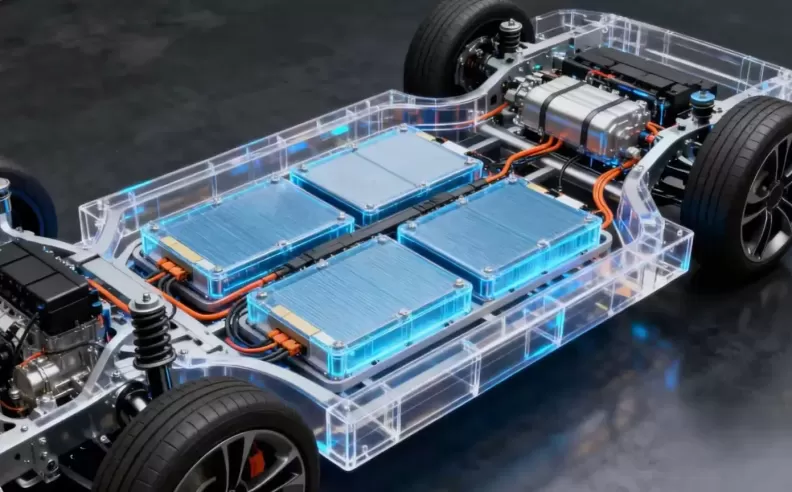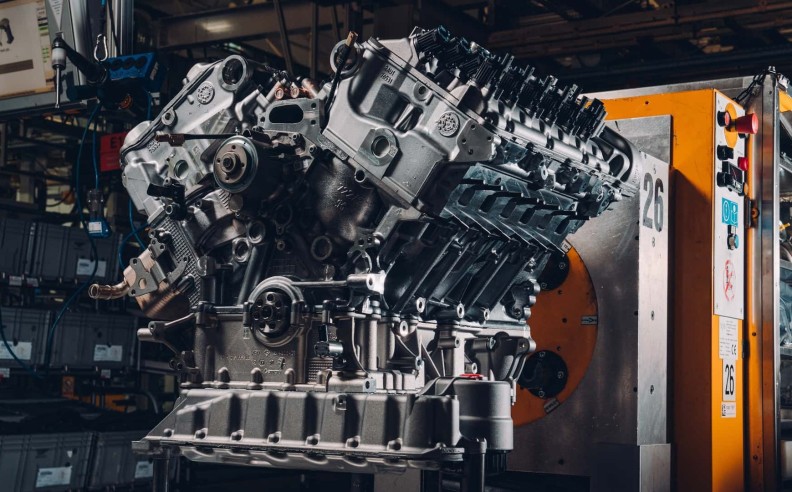
Solid-state batteries have long promised safer and more powerful energy storage for electric vehicles, but cracking and cold weather have held them back from going mainstream. Now, scientists from China’s Tsinghua and Tianjin Universities have developed a new kind of protective layer that can flex instead of fracture, helping solid-state batteries last longer and stay stable even in freezing temperatures. The findings were published in Nature on October 29, 2025.

Traditional solid-state batteries use a protective surface called the solid electrolyte interphase, or SEI. This layer is usually hard and brittle, and it tends to crack when the battery is fast charged or used in cold weather. Once that happens, lithium spreads unevenly, and the battery loses capacity fast.
The new breakthrough from the Chinese research team flips the old approach. Instead of making the SEI stronger, they made it more flexible. Using silver based compounds like Ag₂S and AgF, they created a thin, bendable coating that protects the battery without cracking. This lets lithium ions flow smoothly without damaging the structure.
During testing, batteries with the new flexible SEI layer lasted over 4,500 hours under high power use. Even more impressive, they kept working for more than 7,000 hours at minus 30 degrees Celsius, a temperature that normally causes standard solid-state batteries to fail completely.
The secret is in the layered design. The coating gradually blends soft and stiff materials to absorb stress, reduce pressure, and prevent damage. That keeps lithium evenly distributed and improves the battery's long term performance.
Not quite yet. While the study opens an exciting new direction for battery research, this isn’t a product announcement. More testing and scaling is needed before we see this tech in cars on the road. But with backing from China’s top science institutions and government programs, this breakthrough moves the world one step closer to solid-state EV batteries that work in any weather.

Started my career in Automotive Journalism in 2015. Even though I'm a pharmacist, hanging around cars all the time has created a passion for the automotive industry since day 1.

